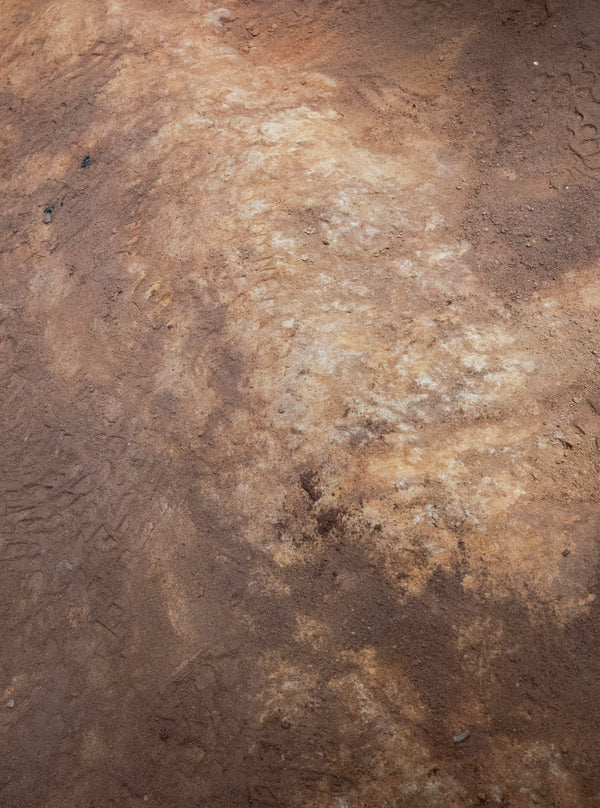Open Project recognises that measuring and reducing emissions is the single most important thing that we can do to reduce our environmental impact. Our business leaves a footprint, and we hold ourselves accountable.
We are building resilient partnerships with local and international manufacturers who align with our sustainability goals. We are invested in supporting low-impact production methods, and ultimately, transitioning to more circular and low carbon materials and practices. We are working with local grassroots initiatives driven to restore biodiversity.
We don’t have all the answers. But we are committed to learning, improving and being transparent about our journey as we grow.
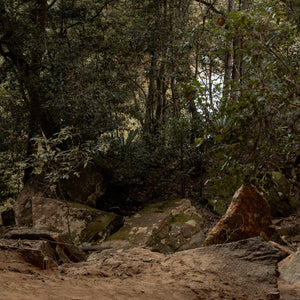
Reducing greenhouse gas emissions
We measure our Scope 1 and Scope 2 greenhouse gas (GHG) emissions. These emissions are under our direct control and use reliable and readily available data. Measuring these emissions provides us with a baseline which we can report and improve upon through actions like electrifying our operations and sourcing renewable energy from the grid. Scope 3 emissions are indirect emissions that occur through our supply chain and product development related waste. Our supply chain is global and the reality is that our partners rely on fossil fuels. The majority of our GHG emissions fall under this scope. Calculating Scope 3 emissions is complex, resource-intensive and can be inaccurate. Rather than investing in Scope 3 calculations at this time, we have made a conscious choice to direct our efforts towards actions that will drive down our emissions and partnerships focussed on biodiversity restoration. We are committed to transparency, and share our progress each year in our annual report.
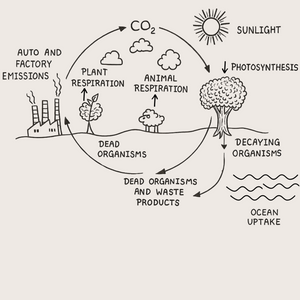
Carbon offsets are not a standalone solution
One carbon credit is supposed to account for the permanent removal of greenhouse gas emissions equivalent to one tonne of carbon dioxide. In truth, the carbon dioxide pumped into the atmosphere by burning fossil fuels is fundamentally different to the way carbon is stored above ground in newly planted trees.
Carbon exists everywhere in nature - in our atmosphere, rocks, soil, oceans, sediments and in all living things. The continuous movement of carbon between living things and our atmosphere is our Earth’s active carbon cycle. Burning fossil fuels releases carbon stored for millions of years, which adds massive amounts of carbon to the active carbon cycle. Planting new trees does not result in the storage of carbon deep underground - in fact the carbon produced from fossil fuel remains in the active cycle.
Partnerships & Pledges
We commit 3% of our total profits to the restoration of resilient habitat through our environmental partners every year.

1% for the Planet is a global movement that unites businesses, individuals and nonprofits to tackle environmental challenges. Our membership gives us another opportunity to raise awareness and support our planet’s biodiversity through BioR.

Our focus is on the restoration of ecosystems and biodiversity for the long haul. We proudly partner with Bio·R - a South Australian grassroots charity that works to reconstruct habitats for wildlife to ensure our biodiversity is secure for the future.
Responsibly sourced materials
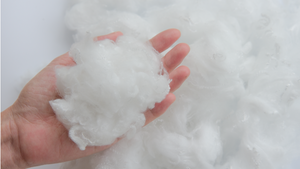
Recycled Materials
Recycled materials come first for us. Recycled materials reduce textile waste and prevent raw material extraction which impacts our soil, air, water and biodiversity. Increased demand for recycled materials also reduces reliance on oil based virgin materials.
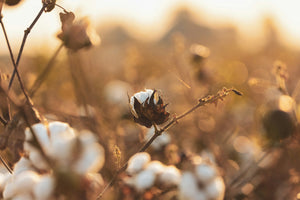
Mono-Materials
When recycled materials aren’t achievable, we use mono-materials like 100% organic cotton to limit chemical contamination of soil and water. Mono-materials simplify recycling processes because they don’t need to be separated by material type, reducing postconsumer textile waste.
Ethical sourcing
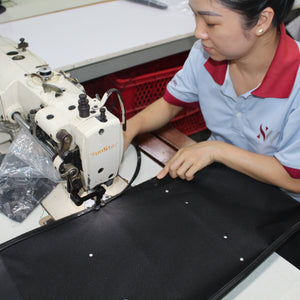
Our supply chain is global, and we take responsibility to ensure our products are produced under safe, fair, legal and humane working conditions. Our suppliers must sign our Supplier Code of Conduct. which is based on the International Labour Organisation (ILO) fundamental labour standards.
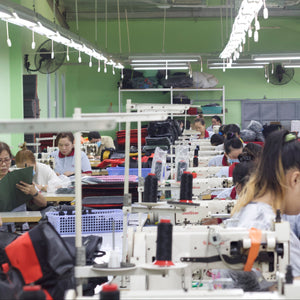
We use the Global Living Wage Coalition to gauge the living wage for each country where our products are made, and ensure each supplier’s average employee wage exceeds this.
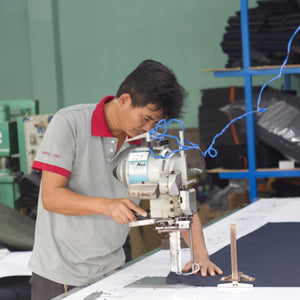
By 2027 we aim to partner exclusively with suppliers certified to a high level of ethical standards and environmental practices by a third-party. We welcome stakeholder perspectives as we continue to learn and improve in social responsibility as our business grows.

Wear & repair
Our products are built to last, but all outdoor gear is subject to wear and tear. To extend the life of your products we partner with HelloTailr - an initiative supporting social enterprises like Second Stitch, the Social Studio and Assembled Threads. For each repair completed through HelloTailr, we want to thank you by offering 10% off your next full-priced purchase*.
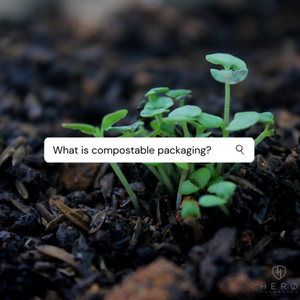
Sustainable packaging
Over 90% of our products are delivered in home-compostable mailer bags. Our Commit Crash Pad is delivered in a bag made from 100% recycled materials. The packaging for our chalk, tape and brushes is curb-side recyclable. The same goes for all of our product tags.
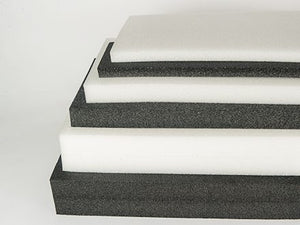
Foam Replacement Program
Our crash pad shells are made from Global Recycled Standard (GRS)-certified recycled polyester with a TPU coating, built to withstand years of heavy use. In fact, the shells are so durable that they’ll likely outlast the foam inside, as all foam compresses and degrades over time. We’ve created the Open Project Foam Replacement Program so you can reuse what’s still working, and replace only what’s worn out.
Limits
Open Project is constantly reflecting and improving on how we do business. We’re aware of The Project’s limits, and we want you to be too.
Read about The Project limits here.
